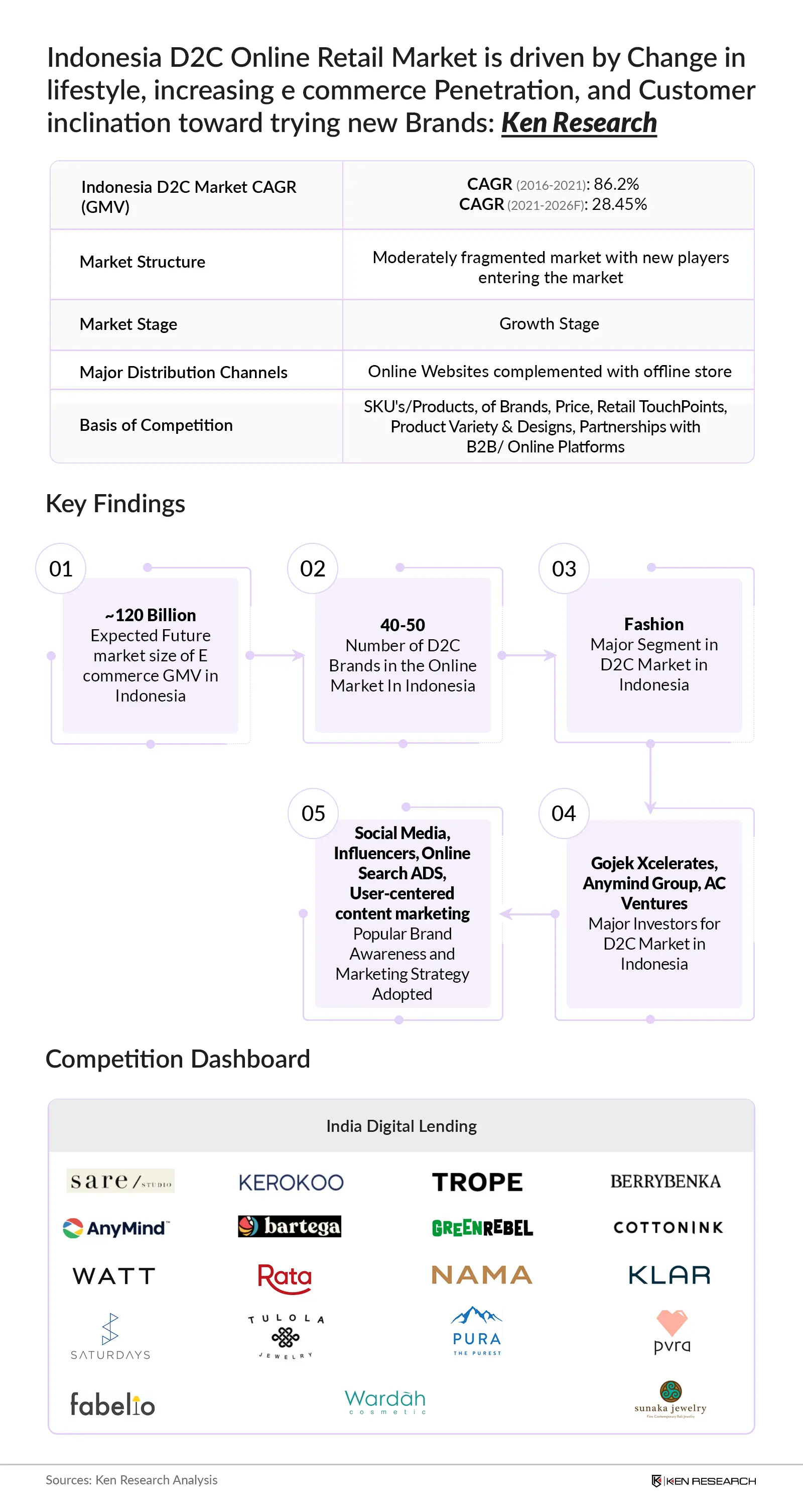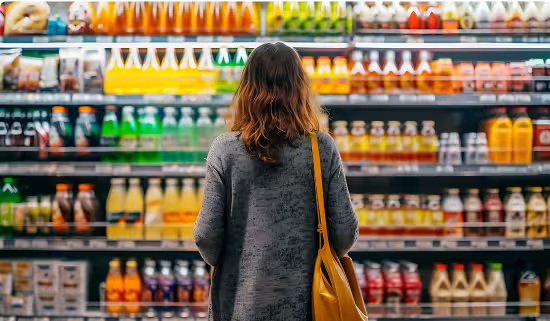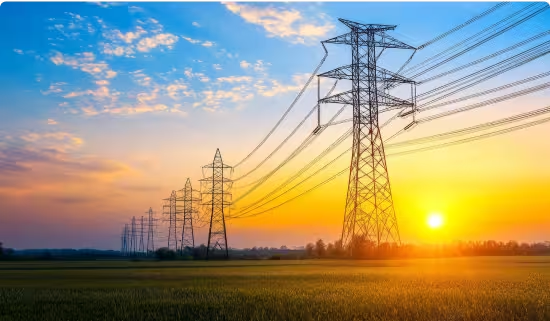
Indonesia D2C Online Retail Market Outlook to 2026
Driven by high smart phone and Internet Penetration, changing Consumer lifestyle along with the inclination towards exploring New brands and Products
Region:Asia
Author(s):Apoorva Narula
Product Code:KR1172
July 2022
62
About the Report
The report titled “Indonesia D2C Online Retail Market Outlook to 2026– Driven by high smart phone and Internet Penetration, changing Consumer lifestyle along with the inclination towards exploring New brands and Products”provides a comprehensive analysis of the theD2C market in Indonesia. The report covers various aspects including the current E-commerce scenario and Retail sector scenario in Indonesia, the Share of D2C in the E-commerce market, the Ecosystem of D2C brands, Their business models, its segmentations viz, By Type of End users (Fashion includes glasses & Frames, Beauty & Personal Care, Food and Beverage/FMCG, Health, Jewelry, Others include Furniture, Insurance & more), By Type of Delivery Period By Number of Orders (Same Day Delivery, Next Day Delivery, Two Days Delivery, More Than Two Days Delivery), and By Region by GMV (Jakarta, Surabaya, Medan, Bandung, Makassar, Others), Consumer Preferences and Trends Analysis, Major trends and development, issues and challenges and competitive benchmarking. The report concludes with market projections for the future of the industry including forecasted industry size by revenue.

Indonesia D2C Market
Growing industrialization in Indonesia is helping to propel the D2C industry to unprecedented levels of development. After India and China, the third-largest G20 nation, Indonesia is projected to see an increase in competition in the D2C market in the future years as a result of the rise of industry 4.0. D2C is projected to find solid development possibilities in and see a proliferation in the next time due to Indonesia having all the required features for it to become a spectacular market for expanded expansion of the digital age and digitally sophisticated economy. Indonesia’s D2C Market saw an upward trend in the historical period 2015-2020 owing to the global pandemic which led to a reduction in footfall to shopping malls and retailing stores along with leisure and business travels decreasing significantly as consumers had to stay at home. Due to this, Companies are now focusing on building an omnichannel strategy since the conventional brick and mortar retail business will follow a downward trend over the years with e-retailing to exponentially grow to post the corona pandemic.
Indonesia D2C Market Segmentation
Type of End-users: Fashion and Apparel remained the dominant category in the market in terms of revenues in the D2C Market in Indonesia. The growth of the majority of the brands in the Fashion Category is driven by high populated regions with their growing middle class and lagging offline shopping infrastructure followed by the Beauty & Personal Care and FMCG segment.
By Type of Delivery Period By Number of Orders: More than 57% of the deliveries take more than 2 days to deliver due to logistics Issues and Complex Infrastructure. These usually include segments like fashion, Jewellery, Furniture, and others while only 3% of the deliveries are done on the same day and these usually include health and FMCG products due to small shelf life.
By Region: Jakarta being the capital region witnessed very high GMV accompanied by strong retail growth and contributed the majority of the revenue share due to its high population followed by Surabaya, Medan, and Bandung.
Competitive Landscape in Indonesia’s D2C Market
The competition was observed to be moderatey fragmented in Indonesia’s D2C Market. More and more brands are increasingly adopting the omnichannel distribution strategy post-COVID to gain a foothold in the market since customers are skeptical about visiting offline stores. Demand for halal products has been internally influenced by Muslim Culture giving rise to brands such as Wardah Cosmetics. Companies such as Hypefast, a Southeast Asian D2C brand aggregator are launching offline stores for its D2C retail brands for maternity and children’s wear apparels to gain more traction. Companies are competing on various parameters such as SKUs, Price offered, After Sale Services, Retail TouchPoints, Partnerships with B2B/Online Platforms, Online marketing strategies, and more.
Indonesia’s D2C Market Future Outlook and Projections
Indonesia’s D2C Market is expected to experience double-digit growth owing to new product variants, investment in optimizing logistics, and Influencer marketing Promotional Strategies. The market is expected to gain momentum with rising in disposable income per capita and an increase in target population along with a majority of the demand from Tier 1 and Tier 2 cities. The growing customer inclination toward customization, k-pop culture, and eco-friendly products to gain traction in the near future.
Key Topics Covered in the Report
- Indonesia E commerce Market Introduction
- Indonesia Retail Market Introduction
- Indonesia D2C Online Retail Market Introduction
- Indonesia D2C Online Retail Market Size, 2016-2021
- Indonesia D2C Online Retail Market Segmentation, 2021
- Growth Drivers for Indonesia D2C Online Retail Market
- Landscape of E commerce, D2C Players, Vertical Players
- Logistics Companies in Indonesia D2C Online Retail Market
- Competition Scenario of Indonesia D2C Online Retail Market
- 4Ps and Pricing Analysis in Indonesia D2C Online Retail Market
- Global Practices and Global Case Scenarios that can be Adopted in Indonesia
- Issues and Challenges in Indonesia D2C Online Retail Market
- Customer Analysis in Indonesia D2C Online Retail Market
- Snapshot of All Vertical Sectors in D2C Online Retail Market
- Indonesia D2C Online Retail Market Future Outlook and Projections, 2021-2026F
- Case Study of the Global Players in D2C market
Products
Key Target Audience
D2C Companies
Venture Capitalists
Potential Investors
E commerce Companies
Time Period Captured in the Report:
Historical Period: 2016-2021
Forecast Period: 2021–2026
Companies
Key Segments Covered in Indonesia D2C Market
Fashion includes glasses & Frames
Beauty & Personal Care
Food and Beverage
Health
Jewelry
Others includes Furniture & more
By Delivery Period By Number of Orders
Same Day Delivery
Next Day Delivery
Two Days Delivery
More Than Two Days Delivery
By Region by GMV
Jakarta
Surabaya
Medan
Bandung
Makassar
Others such as Batam, Depok, Batu and more
Sare Studio
PVRA
Kerokoo
SNH by Anymind
Trope Cosmetics
Bartega
Sunaka Jewellery
Watt-Walk the Talk
Rata
Berrybenka
Tulola Jewellery
NAMA Beauty
Cottonink
Wardah Cosmetics
Pura, the Purest
Green rebel
Saturdays
Fabelio
KLAR
Table of Contents
1. Socio-Economic Landscape of Indonesia
2. E commerce Scenario in Indonesia (GMV, Smart phone Users, Internet Penetration and more)
3. Retail Scenario in Indonesia (Major Companies, Market trends, Growth Size, Market size and more)
4. Indonesia Online D2C Retail Market in Indonesia
5. Cross Comparison by SEA Countries (Singapore, Philippines, Malaysia, Vietnam, Thailand and Indonesia) on the basis of Internet
Speed, Payment Options, Brands available, Penetration of E commerce , Growth Drovers, Challenges and more
6. Ecosystem in E commerce Space in Indonesia
6.1 Industry Ecosystem (E commerce Platforms, Logistics Companies, Vertical E commerce players and Focused D2C Brands)
6.2 Ecosystem of D2C Players in Indonesia in al Verticals (Offline and Online)
6.3 Ecosystem of Online D2C Players in Indonesia in al Verticals
6.4 Timeline of major players in Online D2C Market in Indonesia
6.5 Funding raised by Few players in Indonesia in D2C Market
7. Possible Revenue and Business Streams for D2C Brands in Indonesia
8. Value Chain of D2C Market in Indonesia
9. Government Rules and Regulations in Online D2C Market In Indonesia
10. Trends and Developments in Online D2C Market In Indonesia
11. Issues and Challenges in Online D2C Market In Indonesia
12. SWOT Analysis of Online D2C Market In Indonesia
13. Potential Risks to a New Entrant in D2C market in Indonesia
14. Covid Impact in E commerce Market in Indonesia
15. Snapshot of Different End Users in E commerce Market
15.1 Fashion
15.2 Beauty and Personal Care
15.3 Health
15.4 Food and Beverage
16. Market size of Online D2C Market In Indonesia
17. Market Segmentation of Online D2C Market In Indonesia
17.1 By End Users ( Fashion, Health, Food and Beverage, Beauty, Jewelry & more)
17.2 By Time of Delivery (Same Day, One Day, Two Days and More than Two Days Delivery)
17.3 By Regions ( Jakarta, Surabaya, Medan ,Bandung, Makassar and Others)
18. Customer Analysis in Online D2C Market In Indonesia
18.1 Issues and Challenges faced by Customer in Indonesia over E commerce platforms
18.2 Customer Preferences regarding Major Products bought on E commerce Platforms
19. Competition Framework of Major players In Indonesia
19.1 Competition Stage
19.2 Cross Comparison based on Employees, Number of Orders, GMV, Returns, Discounts, Warehouse, Locations, Retail Touchpoints, Vintage, Owners, Average Ticket Size, Online platform, Minimum Order for free Shipping and more
19.3 Strength of the Players
20. Future Market Size
21. Future Segmentation
21.1 By End Users ( Fashion, Health, Food and Beverage, Beauty, Jewelry & more)
21.2 By Time of Delivery (Same Day, One Day, Two Days and More than Two Days Delivery)
21.3 By Regions ( Jakarta, Surabaya, Medan ,Bandung, Makassar and Others)
22. Success Case Studies
22.1 Casper: US
22.2 Perfect Diary: China
22.3 Maia Active: China
23. Research Methodology
23.1 Definitions, Abbreviations, Sample Size Inclusion, Approach Used, Future Forecasting Methodology and Research Limitations
Disclaimer Contact UsWhy Buy From Us?

What makes us stand out is that our consultants follows Robust, Refine and Result (RRR) methodology. i.e. Robust for clear definitions, approaches and sanity checking, Refine for differentiating respondents facts and opinions and Result for presenting data with story

We have set a benchmark in the industry by offering our clients with syndicated and customized market research reports featuring coverage of entire market as well as meticulous research and analyst insights.

While we don't replace traditional research, we flip the method upside down. Our dual approach of Top Bottom & Bottom Top ensures quality deliverable by not just verifying company fundamentals but also looking at the sector and macroeconomic factors.

With one step in the future, our research team constantly tries to show you the bigger picture. We help with some of the tough questions you may encounter along the way: How is the industry positioned? Best marketing channel? KPI's of competitors? By aligning every element, we help maximize success.

Our report gives you instant access to the answers and sources that other companies might choose to hide. We elaborate each steps of research methodology we have used and showcase you the sample size to earn your trust.

If you need any support, we are here! We pride ourselves on universe strength, data quality, and quick, friendly, and professional service.















